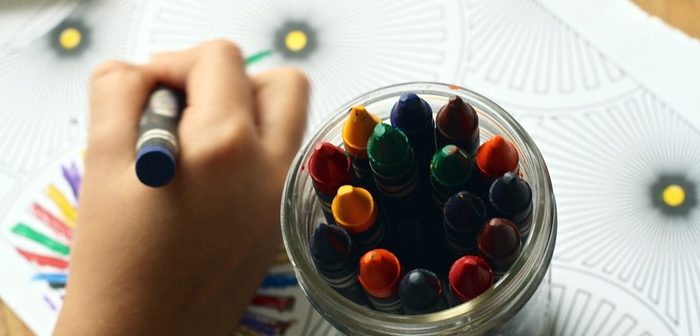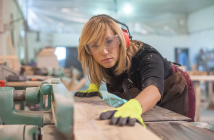Almost everyone knows that toys are one of the most useful instruments for kids to learn about a lot of things including their selves, the people and things around them, and the environment they call their world. True enough, toys have been used for many millennia to facilitate development and growth in children. Today, our understanding of just how important toys are in terms of childhood learning and creativity is simply phenomenal. But just how do toys help in learning and creativity, you ask? Read on.
- Toys help with physical dexterity.
Toys help with the physical development of children. Grasping a ball, for example, trains the muscles of the hands to open and close. With repeated practice, this becomes the foundation for holding the different writing instruments such as pens and pencils that are needed to learn. Some toys help develop psychomotor balance and coordination while also strengthening the different muscle groups. These provide an excellent foundation for all other learning activities that will require some form of control of the muscles.
- Toys encourage the use of creative thinking.
There are toys that help stimulate the creativity of children. Examples of such toys are finger paints, paper and crayons, play dough, and other arts and craft. These toys allow kids to work their imagination, using their innate artistic talents to come up with beautiful creations. Even open-ended building and construction toys help encourage the use of creative thinking by letting them explore the many infinite possibilities of creation. More importantly, these toys require fine motor skills that are needed for writing. Creativity is a requirement when it comes to innovations and inventions. Many of the things we enjoy in the modern world are all products of man’s creative potentials.
- Toys boost problem-solving abilities.
Puzzles, such as kids activity cubes, stimulate convergent thinking while building blocks and construction bricks help stimulate divergent thinking. These are two different concepts that should never be interchanged. Divergent problem solving operates on the what-if principle and largely relies on one’s ability to make inferences, make sense of cause and effect relationships, and make predictions or educated guesses. In all of these processes, the young mind is continuously trying to process a lot of information at the same time to make meaningful associations and assumptions. They can then operate on the what-if principle and help fuel their imagination and creativity.
- Toys build language and communication skills.
Toys that integrate the alphabet, phrases, and names, as well as a host of other things, are very important in the development of children’s language and communication skills. Reading to young babies can help teach them about the correct pronunciation of words including the construction of complete sentences. They also begin to build their vocabulary which is a requirement for a solid foundation in speech and communication. By the time children are able to read, they begin to fully understand the meaning of certain expressions which should be the foundation for the building of their social skills.
- Toys lay the foundation for developing social skills.
In the early stages of childhood development, kids prefer playing alone. Then, they begin playing independently but alongside other children. Towards a certain age, the child learns about cooperative play and teamwork. Toys that are developmentally appropriate always follow this pattern of socialization among children. And when it comes to learning in school, kids that have gone through all the necessary stages of social development will have a much better chance of establishing more beneficial and trusting relationships with their peers.
There are other ways in which toys can help kids learn and be creative. Suffice it to say, toys can bring a lot of benefits to children, not just to have fun.




